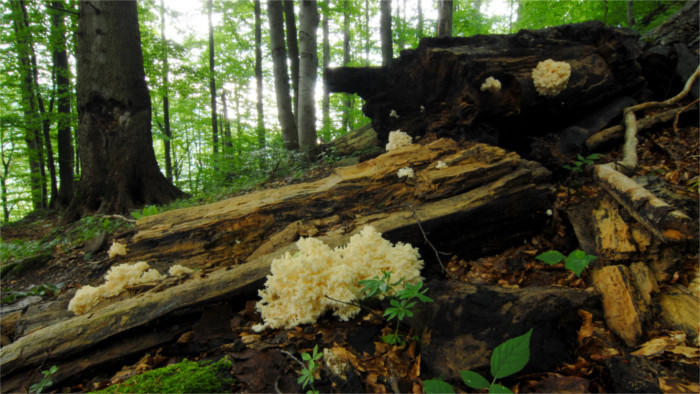The World Heritage Committee during its extended 44th session chaired in July from Fuzhou (China), decided to register a new cross-border nomination that involves Slovakia. The "Ancient and Primeval Beech Forests of the Carpathians and Other Regions of Europe" inscription is now part of the prestigious UNESCO World Heritage List. Originally registered as a joint Slovak-Ukrainian nomination, it has been expanded several times and now stretches over 12 countries.
In Slovakia, the old beech forests are part of the Poloniny National Park and the Vihorlat Protected Landscape Area in the eastern part of the country. These forests are largely unaffected by human activity. Forester Tomáš Didirka is familiar with the Havešová nature reserve: "All development phases of the primeval forest - i.e. the optimal phase, the pioneer forest phase and the decay phase - can be seen here. It is estimated that this forest is 230 to 250 years of age. Basically we are lucky that the fallen beeches are of no interest to the spruce bark beetle, so that we can leave the damaged wood here to decay."
According to the Ministry of the Environment, the most strictly protected primeval beech forests on Slovak territory cover almost 4,000 hectares, which are surrounded by a protection zone of almost 15,000 hectares.
In July, the UNESCO World Heritage Committee also decided to inscribe the western part of the Danube Limes, which includes two cultural monuments on Slovakia's territory. The ancient Roman limes stretched from Great Britain to Central and Eastern Europe and from the Middle East to North Africa. The Danube Limes refers to the military frontier of the former Roman Empire that follows the course of the Danube River. The list entry concerns only the western part of the frontier, stretching from the Bavarian town of Bad Gögging to the village of Iža in southern Slovakia.


